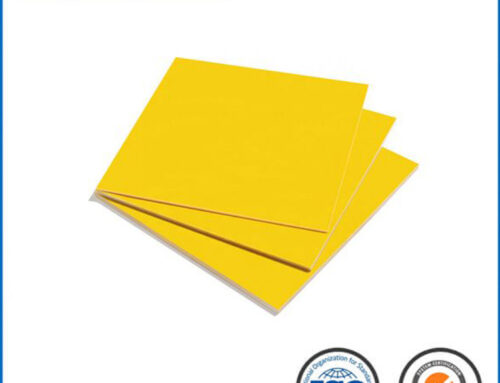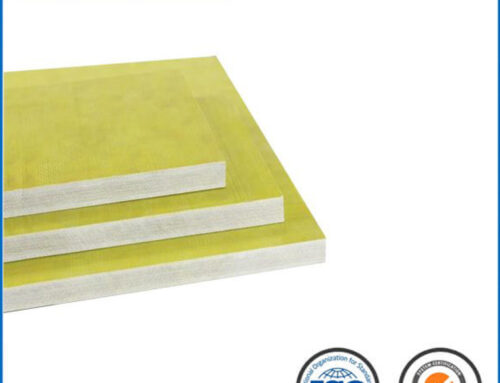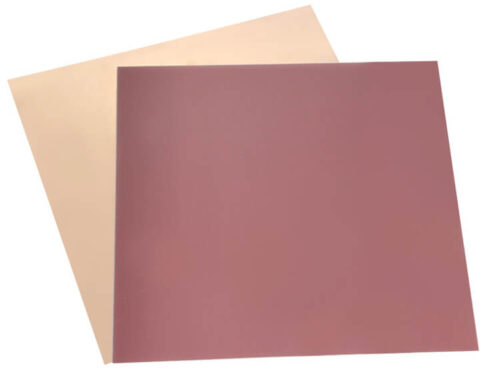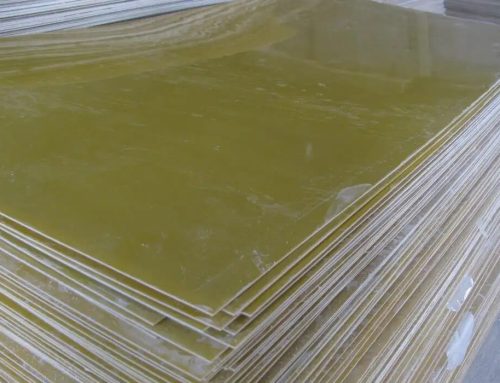Within the realm of advanced composites, FR4 prepreg emerges as a high-performance material with a myriad of applications. This article delves into the characteristics of it, exploring its composition, processing advancements, and the diverse applications where it proves to be an indispensable solution. From the manufacturing of printed circuit boards to aerospace components, it stands as a versatile and advanced composite, pushing the boundaries of what is achievable in modern engineering.
1. Composition of it: A Fusion of Fiberglass and Resin
Fiberglass Reinforcement:
FR4 prepreg is crafted by impregnating layers of fiberglass fabric with epoxy resin.
The fiberglass reinforcement contributes to the composite’s mechanical strength and dimensional stability.
Epoxy Resin Matrix:
The epoxy resin serves as a matrix, providing adhesion, insulation, and resistance to environmental factors.
The combination of fiberglass and epoxy resin creates a composite with excellent electrical and mechanical properties.
2. Processing Advancements: Precision in Manufacturing
Resin Impregnation Techniques:
Advanced resin impregnation techniques ensure uniform distribution of epoxy resin within the fiberglass layers.
This precision in resin impregnation contributes to the consistent performance of FR4 prepreg in various applications.
Curing Processes:
Controlled curing processes, often involving heat and pressure, optimize the bonding of resin and fiberglass, resulting in a durable and high-performance composite.
Advances in curing technologies enhance the overall quality and reliability of FR4 prepreg.
3. Applications Across Industries: Engineering Excellence Unleashed
Printed Circuit Board (PCB) Manufacturing:
FR4 prepreg is a cornerstone in the production of PCBs, serving as a critical layer in the lamination process.
Its electrical insulation properties and mechanical strength make it an ideal substrate for electronic components.
Aerospace Components:
In aerospace engineering, FR4 prepreg finds applications in the manufacturing of lightweight and durable components.
Its high strength-to-weight ratio contributes to the efficiency of aerospace structures.
4. Electrical and Mechanical Performance: A Winning Combination
Dielectric Strength:
FR4 prepreg exhibits high dielectric strength, ensuring effective electrical insulation in electronic applications.
This property is vital for maintaining the integrity of signals in electronic devices.
Mechanical Stability:
The mechanical stability of FR4 prepreg makes it suitable for applications where components need to withstand mechanical stress and environmental factors.
Its stability ensures longevity and reliability in various engineering environments.
5. Environmental Considerations: Meeting Sustainability Goals
Halogen-Free Options:
Advances in FR4 prepreg technology include the development of halogen-free options, addressing environmental concerns.
These options contribute to sustainable practices in electronics manufacturing.
Recyclability Initiatives:
Efforts to enhance the recyclability of FR4 prepreg contribute to environmentally friendly practices.
Manufacturers are exploring ways to reduce the environmental impact of composite materials.
FR4 Prepreg – Shaping the Future of Advanced Composites
As FR4 prepreg is unveiled, its significance in advanced composites becomes evident. From its composition to processing advancements, applications across industries, and considerations for environmental sustainability, FR4 prepreg stands as a key player in modern engineering. In an era where innovation is synonymous with materials that offer precision, reliability, and environmental responsibility, FR4 prepreg takes its place as a shaping force in the future of advanced composite materials.
More:




